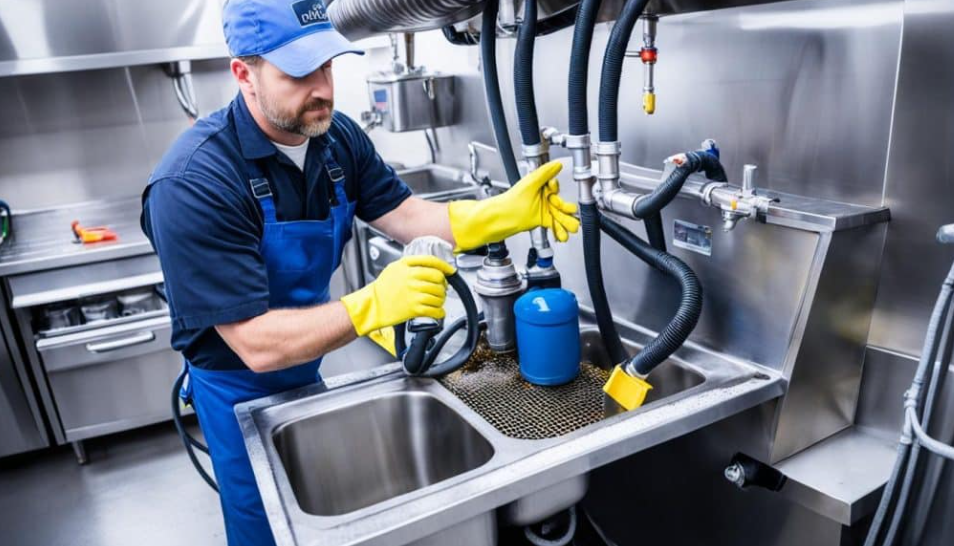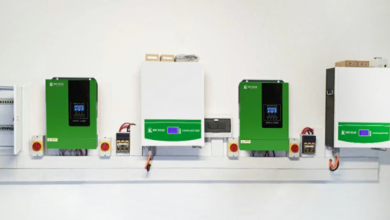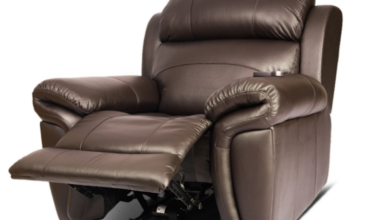
Grease Traps 101: Why Every Restaurant Needs Regular Cleaning
Running a restaurant is about more than creating delicious dishes and serving satisfied guests. Behind the scenes, there are countless systems that keep operations smooth, safe, and compliant with local regulations. One of the most overlooked yet vital components of a commercial kitchen is the grease trap. Though it often stays out of sight, the grease trap plays a huge role in preventing plumbing problems, ensuring environmental safety, and protecting your restaurant from costly fines. Regular cleaning and proper grease trap maintenance are essential for every food establishment.
What Is a Grease Trap?
A grease trap, which is also called a grease interceptor, is a device that is put in industrial kitchens to catch fats, oils, and grease (commonly known as FOG) before they go into the sewer system. Without it, these substances solidify inside pipes, causing severe blockages. Over time, clogged pipes can lead to backups, foul odors, and even health hazards.
The grease trap sits between the kitchen’s drain lines and the sewer system. As wastewater flows in, lighter FOG floats to the top, solids sink to the bottom, and relatively cleaner water exits to the sewer. While the design seems simple, this process only works effectively if the trap is cleaned and maintained on a regular schedule.
Why Regular Cleaning Is Essential
Neglecting grease traps can have consequences far beyond a minor inconvenience. Grease that builds up for too long creates overwhelming odors that seep into the dining area, leaving customers with a negative impression. Worse yet, neglected traps can overflow, leading to unsanitary conditions that may force a restaurant to close temporarily.
Local municipalities often enforce strict regulations on grease trap cleaning schedules. Restaurants that fail to comply may face hefty fines or, in severe cases, business closures. Regular cleaning is not only a matter of convenience but also a necessity for meeting legal standards.
Preventing Plumbing Disasters
One of the most expensive and disruptive issues in a restaurant is a plumbing emergency. A clogged drain can halt operations, requiring urgent repairs and deep sanitation. Grease traps act as the first line of defense against such disasters. With proper grease trap maintenance, restaurants reduce the risk of sudden blockages and costly downtime.
Routine maintenance also extends the lifespan of plumbing infrastructure. Pipes and sewer lines that remain free from grease buildup are less likely to need replacement or extensive repairs. This proactive approach saves money and keeps kitchen staff focused on serving customers instead of dealing with emergencies.
Protecting the Environment
Restaurants have an obligation not only to their patrons but also to their communities. When fats, oils, and grease slip past poorly maintained traps, they enter municipal sewer systems. Over time, this contributes to massive blockages called “fatbergs,” which can cause sewer overflows and environmental contamination.
By scheduling consistent cleaning, restaurants ensure they are doing their part to minimize pollution. It is a small but powerful step toward keeping local waterways cleaner and communities healthier.
See also: Professional Gutter Replacement: Boost Your Home’s Value and Curb Appeal
Building a Maintenance Routine
Every restaurant should have a clear grease trap cleaning and inspection plan in place. Depending on the size of the trap and the kitchen’s cooking volume, cleaning may be needed every one to three months. By working with a professional service provider, businesses can be sure that cleaning is done correctly and is recorded, which helps them follow health and safety rules.
In addition to professional cleanings, staff can play a role in monitoring grease trap performance. Signs such as slow drains, unusual odors, or water backing up should never be ignored. Training employees to recognize these warnings allows the restaurant to address small problems before they turn into big ones.
Conclusion
In the fast-paced world of food service, it can be tempting to focus only on what customers see—the menu, the ambiance, and the service. Yet, behind the scenes, grease traps quietly protect the restaurant from costly repairs, health hazards, and environmental harm. Regular cleaning and proper grease trap maintenance are not optional—they are essential to the smooth operation of any commercial kitchen.
By staying proactive and committed to regular care, restaurant owners not only protect their business but also uphold higher standards of safety, cleanliness, and responsibility.




